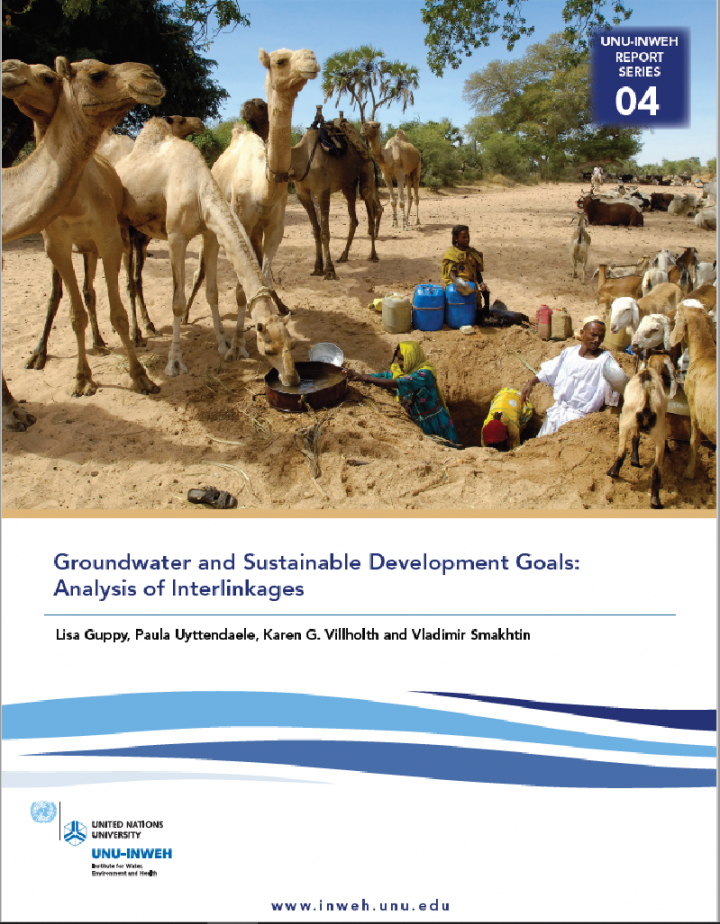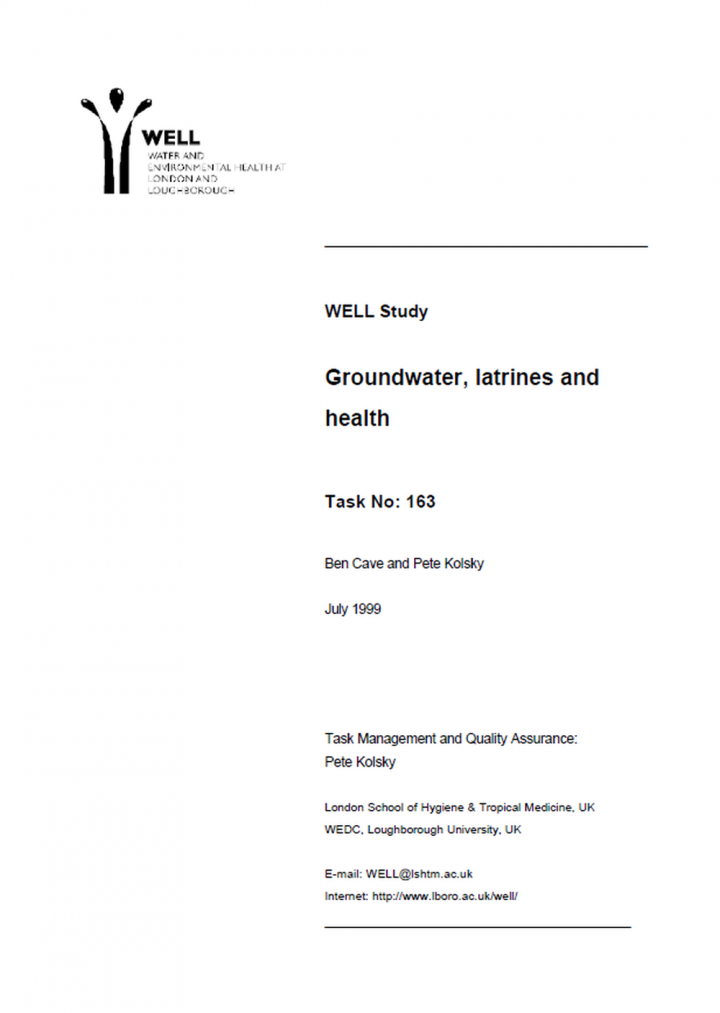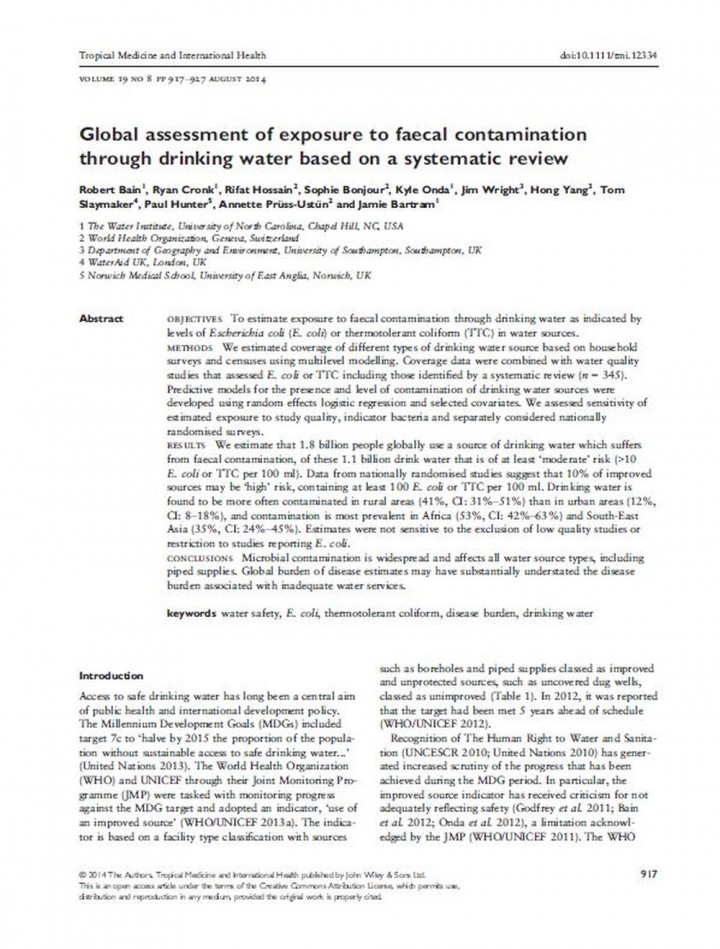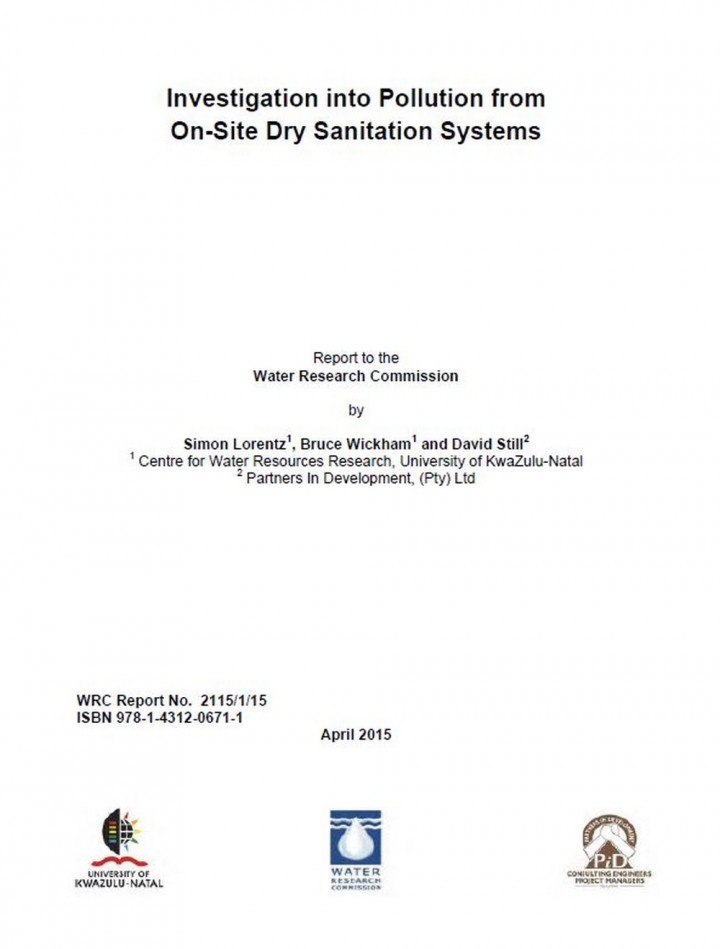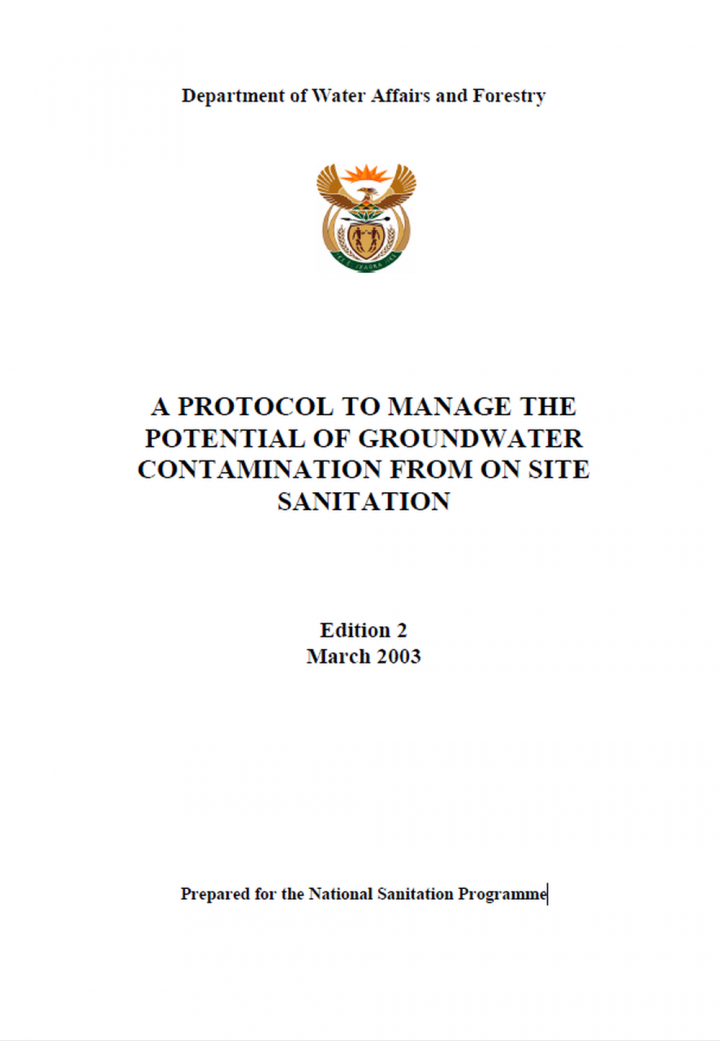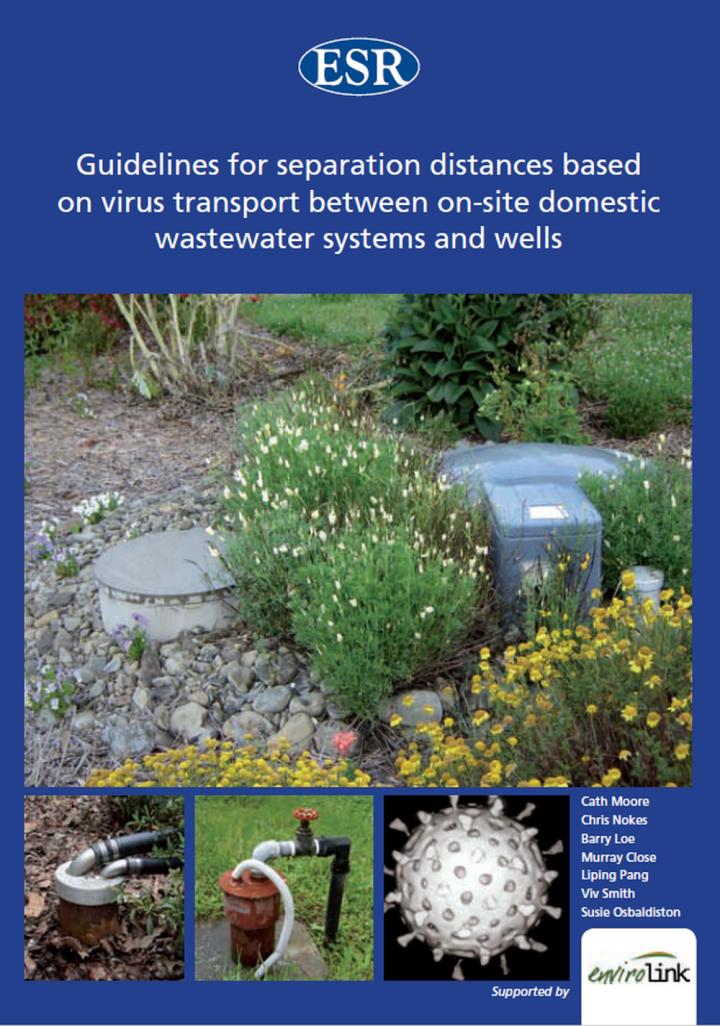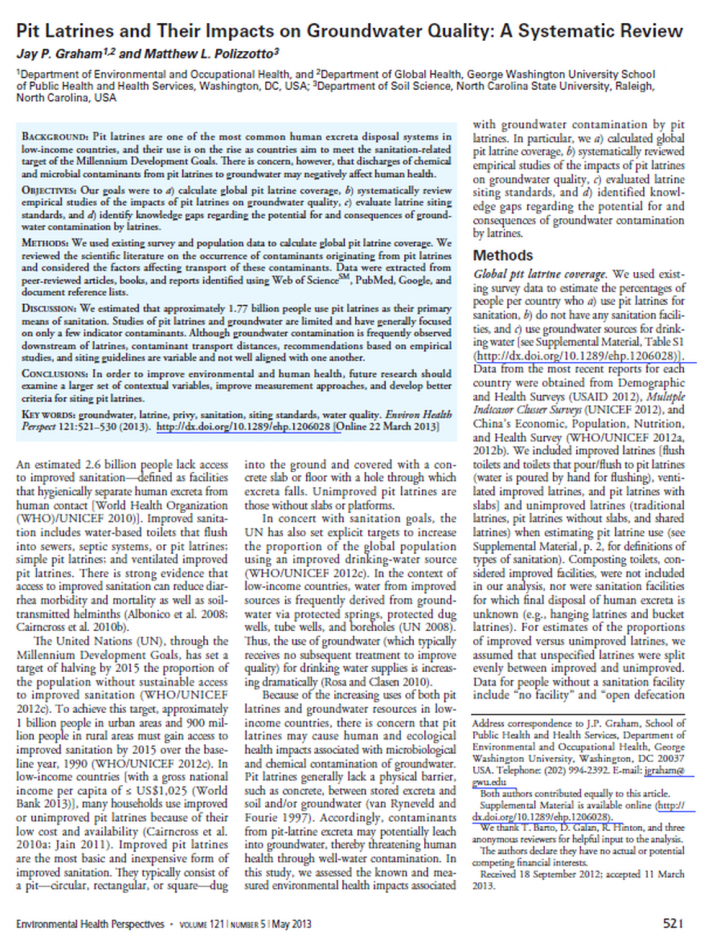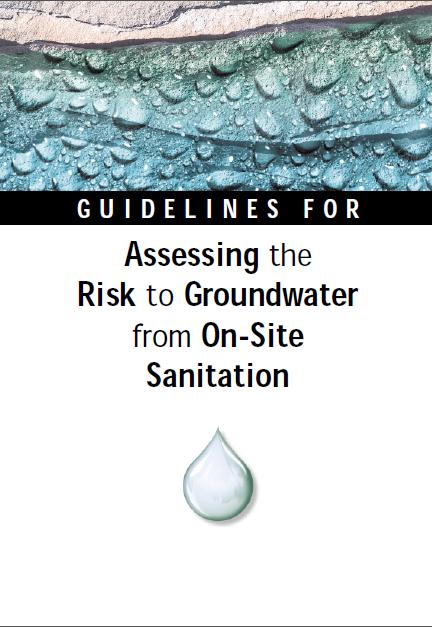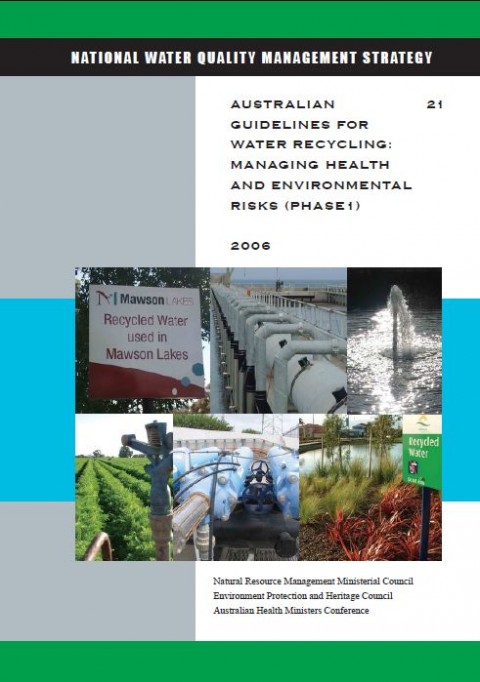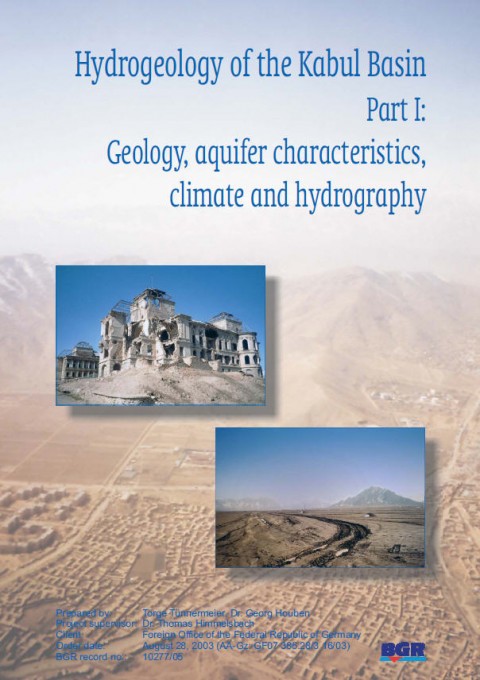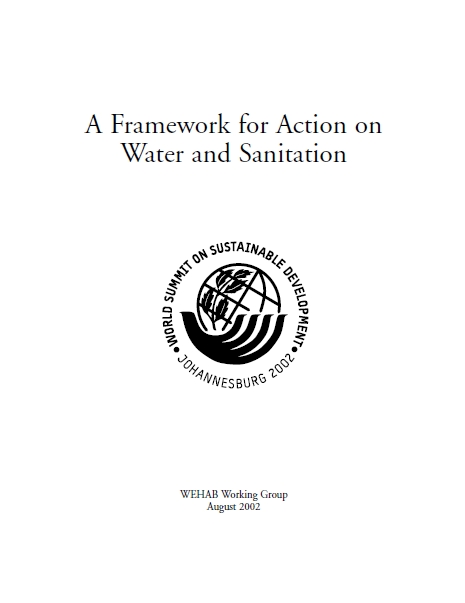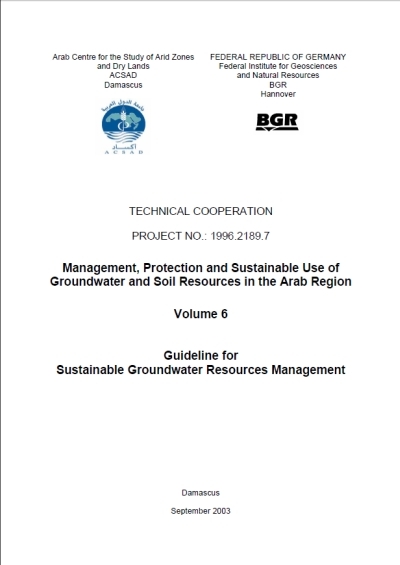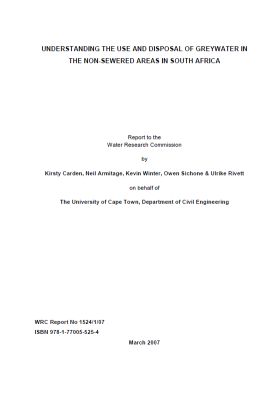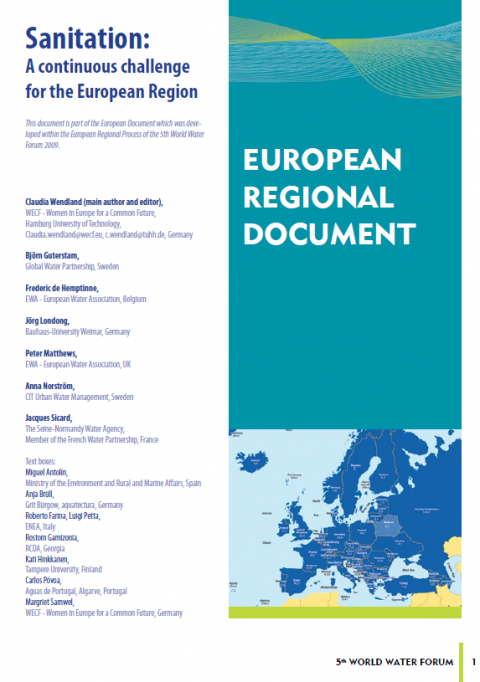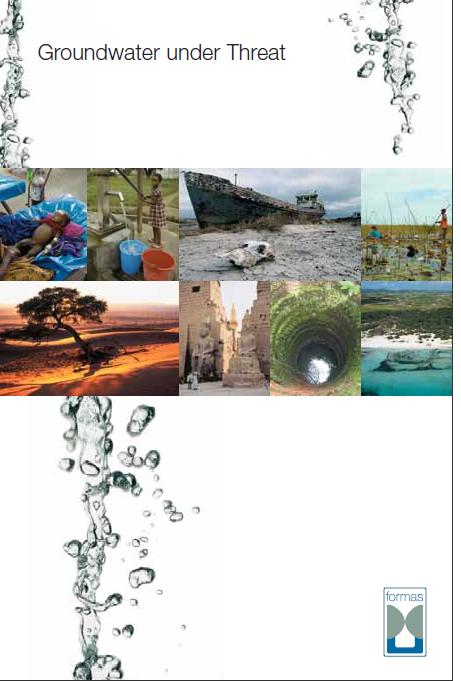Searching for information on Sanitation Workers?
The Sanitation Workers Knowledge + Learning Hub is the best source for all current news, trends, articles and updates on sanitation workers rights around the world.
Groundwater represents 97% of the world’s available freshwater resources and is extensively abstracted throughout the world. While abundant in a global context, it can only de developed to a certain extent without causing environmental impacts. Also, it is highly variable across the globe, and where it is heavily relied on, it is less renewable. Hence, it is critically important that this …
On-site sanitation systems dispose of human excreta, with or without treatment, on the residents' housing plot. Examples include pit latrines and septic tanks with drainage fields. This study reviews the risks to health posed by groundwater contamination from on-site sanitation (particularly latrines). Detailed understanding of groundwater contamination is complicated by a host of factors, …
The water safety plan (WSP) approach is widely recognized as the most reliable and effective way to consistently manage drinking-water supplies to safeguard public health. Since the introduction of WSPs in the third edition of the WHO Guidelines for Drinking-water Quality (GDWQ) and the International Water Association (IWA) Bonn Charter for Safe Drinking Water in 2004, a significant number of …
Objectives:
To estimate exposure to faecal contamination through drinking water as indicated by levels of Escherichia coli (E. coli) or thermotolerant coliform (TTC) in water sources.
Methods:
We estimated coverage of different types of drinking water source based on household surveys and censuses using multilevel modelling. Coverage data were combined with water Quality studies that …
The impact of onsite sanitation on water resources has been the subject of much study with regard to conventional septic tanks and soak-aways. However, research of impacts from rural and peri-urban communities using pit latrines, particularly in underdeveloped countries, has been unconvincing. With the increase in the extension of sanitation services provided by the South African Government …
This comic introduces children to water and the environment. The little waterdrop called "Droppy" gets itself into adventures which give the reader an indea of the water cycle, wasting water, water pollution and others. It gives special attention to groundwater.
Although these stories are happening in different cultural regions in this comic, these are problems which are happening daily in …
The discharge of domestic wastewater to ground and the proximate abstraction of groundwater for domestic purposes can contaminate drinking water. Regional councils need to consider these situations when implementing the National Environmental Standard (NES) for Sources of Human Drinking Water (NZ Government, 2007). Separation distances between wastewater discharges and groundwater abstractions …
Background: Pit latrines are one of the most common human excreta disposal systems in low-income countries, and their use is on the rise as countries aim to meet the sanitation-related target of the Millennium Development Goals. There is concern, however, that discharges of chemical and microbial contaminants from pit latrines to groundwater may negatively affect human health.
Objectives: Our …

